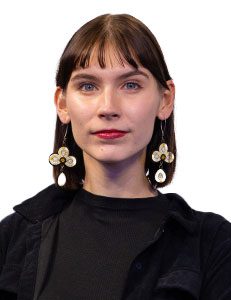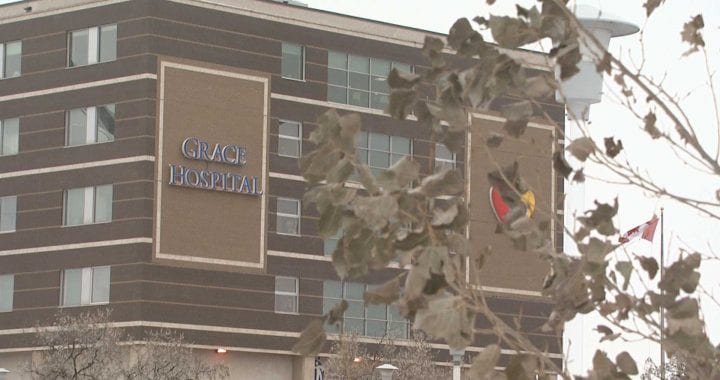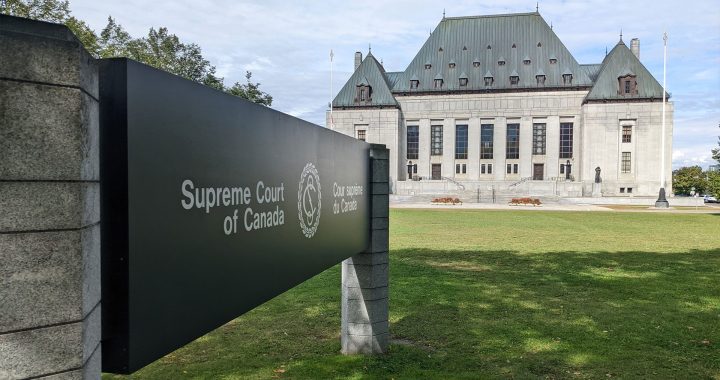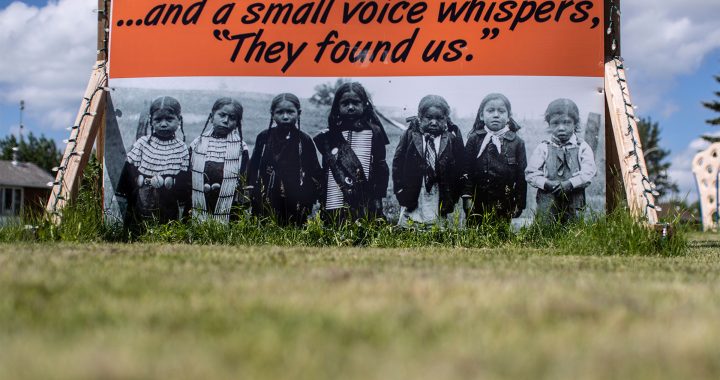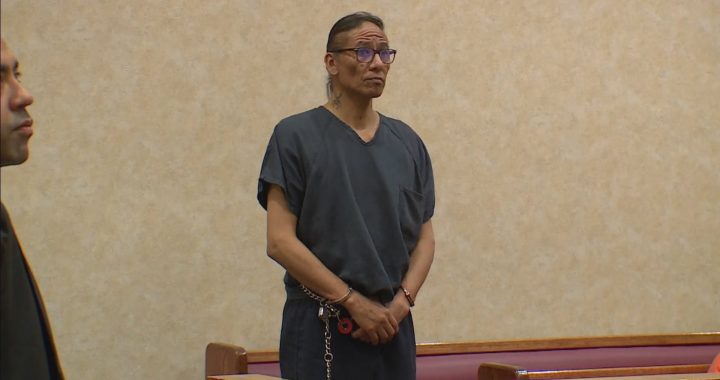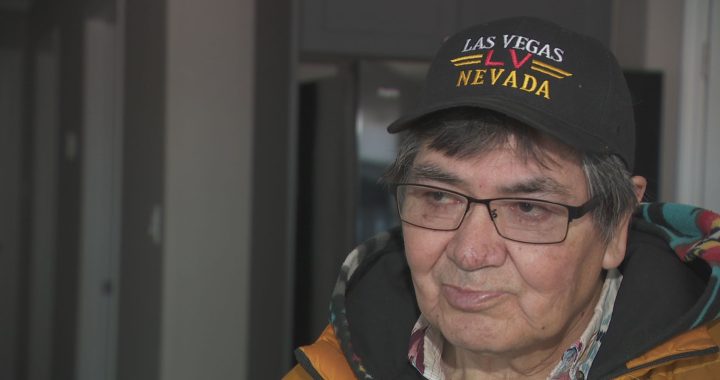With 32 books to his name, David A. Robertson is no stranger to the world of graphic novels.
On Sept. 3, the author, a member of Norway House Cree Nation in northern Manitoba, released the third volume of the Reckoner Rises tetralogy called God Flare.
The series follows superhero Cole Harper, who comes from the fictional Wounded Sky First Nation, and his partner Eva. Together, they conquer Mihko Laboratories–a nefarious, Winnipeg institution where human experiments are performed on Indigenous peoples.
Armed with superpowers and clever pop culture references, the characters grapple with the impact of trauma, mental health and colonialism.
APTN News sat down with Robertson to discuss his penchant for graphic novels and the making of an Indigenous superhero.
APTN: God Flare is the third volume in the Reckoner Rises series. Can you tell us what the series is about?
Robertson: This trilogy has been going on for the last several years now, and this is the third book in a planned series of four. So, God Flare is the second last, and it’s just this horror-inspired lead-up to this big superhero-supervillain showdown. There are a lot of things in here that we can track back to residential school history. They’re experimenting on Indigenous children. They pick and select Indigenous people to imbue with these powers to use them for their own gain, and so that very much speaks to colonialism and the spirit of colonialism in the history of this country.
APTN: You’ve written 32 books–everything from memoirs to graphic novels. I’m curious to know what drew you to graphic novels.
Robertson: It’s been fun in my career to do a whole wide variety of different forms and genres of literature. Graphic novels is where I started. There’s always been a lack of Indigenous representation in comics in particular–and if we do have characters who are Indigenous in comics, they’ve always been very stereotyped. That can be very damaging for children in particular because children are very impressionable. So, I wanted to start this series as a way to better represent Indigenous people in the area of superhero comics.
APTN: This series features an Indigenous superhero. Could you talk a bit about how you developed that character?
Robertson: Cole is someone who has these superpowers. He’s trying to learn how he can be a superhero. He’s trying to accept the fact that he can be a superhero. One of the tropes of the superhero genre that I love is this idea that every superhero has a weakness. So, Superman has kryptonite, for example. Some of the character development for Cole is that he sees his weakness as mental health, like you know, anxiety and panic disorder. But his journey is really to learn that that is not a weakness in his life. It actually is part of what makes him who he is and it makes him a better hero.
APTN: Why do you think graphic novels are a good medium to tell Indigenous stories?
Robertson: Using the form of comics is taking advantage of a form that has historically been great to read and learn from for everybody. You know, we’re visual learners as people. We used to communicate through pictures before we even had words, so it’s a very ancient form of communication. At the same time, it’s a vessel for us to share our stories as Indigenous storytellers, and that’s why you see so many Indigenous writers using the form of comics.
This interview has been edited for length and clarity.




